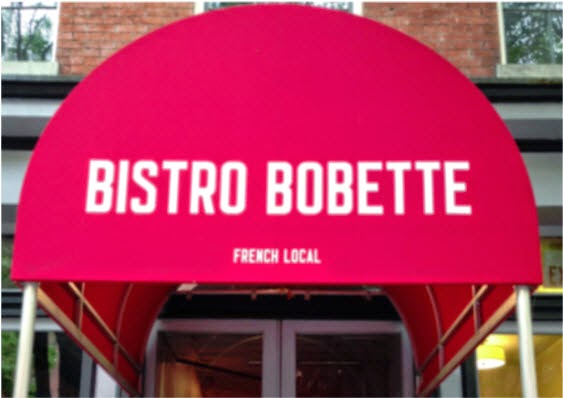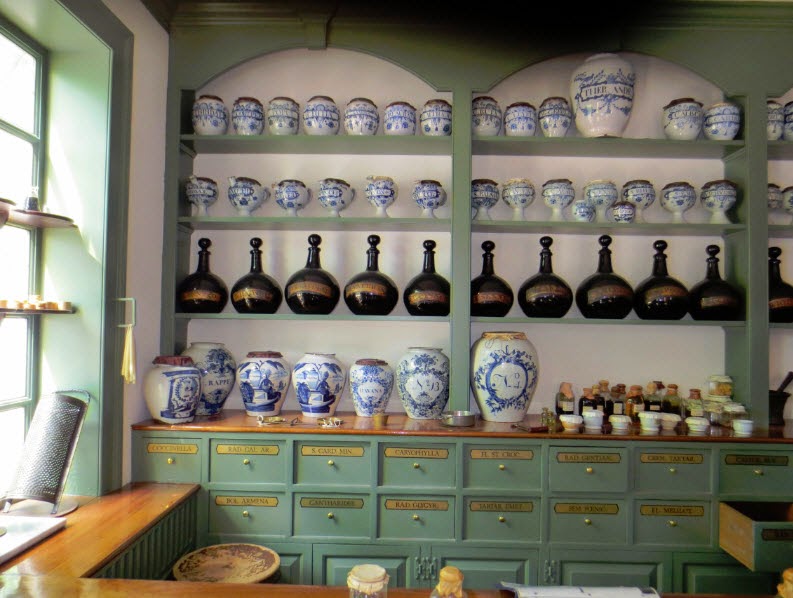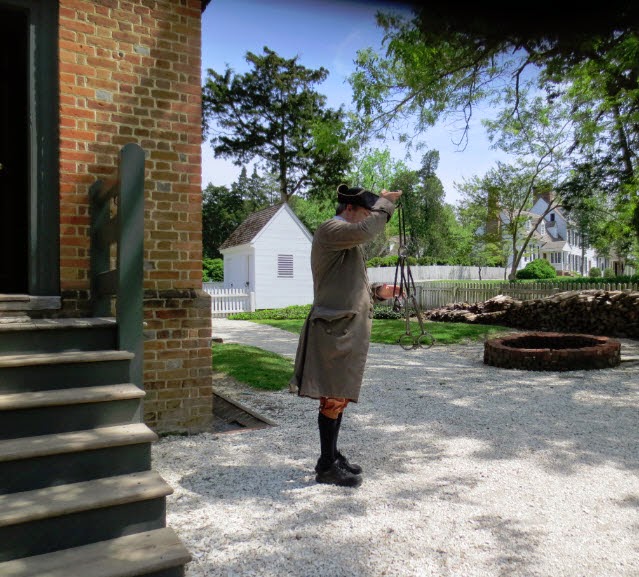Richmond, Virginia is a wonderful place to visit if you love
history and Southern charm. I recently visited Richmond and liked what I
saw. We stayed at the beautiful Omni Hotel.
By joining their free loyalty program,
we were given complimentary Wi-Fi access and hot coffee delivered to our room
each day.
 |
| Omni Richmond Hotel Richmond, Virginia |
This hotel was a good choice because it is in the trendy
Shockoe Slip portion of town. There are food choices for every budget—from City
Dogs to Morton Steak House.
For dinner one night we dined at the elegant Bistro Bobette on
East Cary Street. We enjoyed an early-bird special and had steak dinners at an
affordable price.
 |
| Bistro Bobette Richmond, Virginia |
One evening we ate at the casual and fun Sinē Irish Pub & Restaurant (http://www.sineirishpub.com/richmond_home).
For breakfast one morning, we skipped the hotel’s buffet,
and strolled along East Cary Street until
we came to the Urban Farmhouse,
a market and cafe. Our open-air table
looked out at the cobblestone street. We drank giant cups of delicious coffee
and ate oatmeal with bananas and strawberries. It really pays to venture out into the city.
 |
| Street view from Urban Farmhouse Richmond, Virginia |
East Cary Street also has a variety of stores, including a
bookstore and yoga center.
 |
| Fountain Bookstore Richmond, Virginia |
We stopped at the quaint Fountain Bookstore and enjoyed browsing the many displays and, in particular, a table filled with
mystery books written by local authors.
 |
| Shockoe Yoga Richmond, Virginia |
I know some people love yoga so much that they work out on
their vacations. If so, give Shockoe Slip Yoga a call.
There is plenty to do in Richmond. One day we went on a
canal cruise.
The knowledgeable boat captains narrate stories about Richmond’s history as you
float along the James River and Kanawha Canal. I liked looking at the ducks,
turtles and old boxcars.
You can also tour Richmond’s Monument Avenue, a beautiful
tree-lined boulevard with a variety of homes with different architecture and
monuments of famous Virginians (http://en.wikipedia.org/wiki/Monument_Avenue).
 |
| The Robert E. Lee Monument Richmond, Virginia |
We also visited the historic Virginia State Capitol (http://www.virginiacapitol.gov). Unfortunately,
our tour was too short to fully appreciate the numerous paintings, marble busts
of presidents, statues and amazing architecture.
 |
| House of Representatives Chamber Virginia State Capitol Richmond, Virginia |
 |
| Washington Statue at Virginia State Capitol |
For more information on visiting the Virginia State Capitol
see http://hodcap.state.va.us/publications/Capitol_Visitor_Guide.pdf.
As you can see, Richmond is an fabulous city. Put it on your
list of must-see designations.












